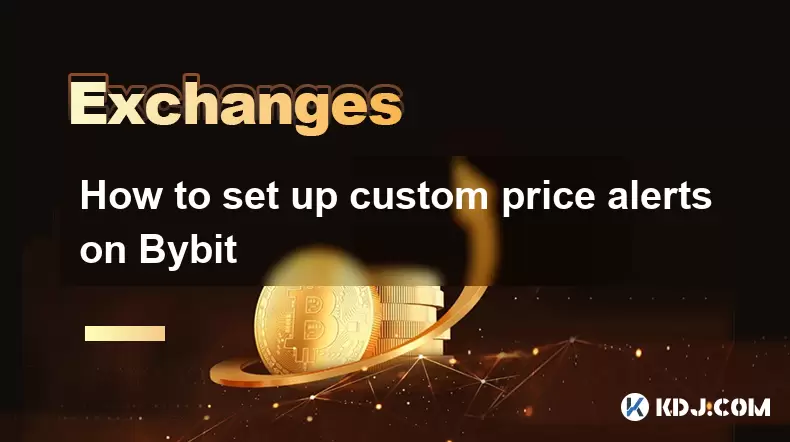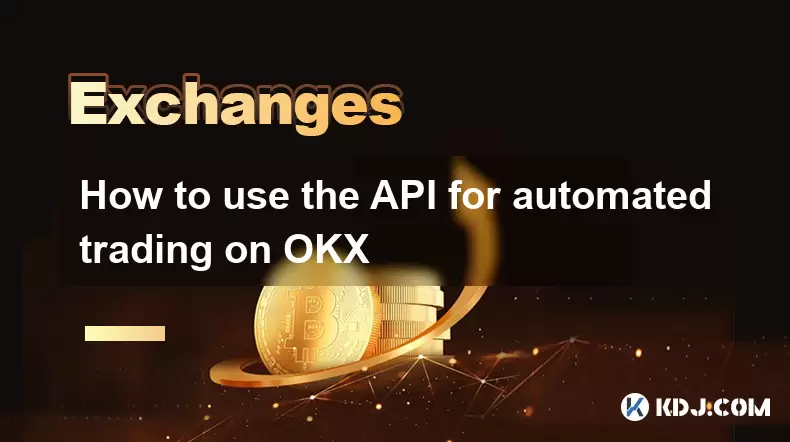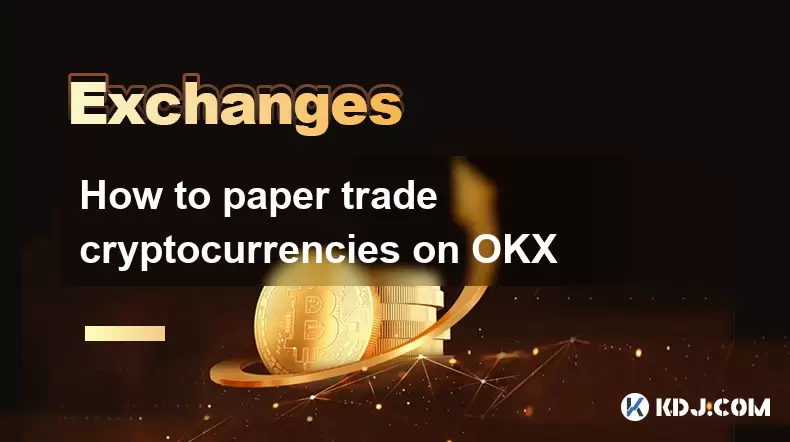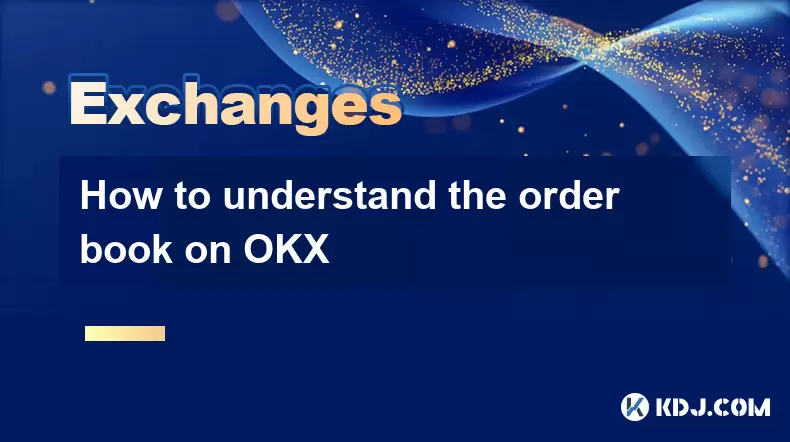-
 Bitcoin
Bitcoin $116300
2.01% -
 Ethereum
Ethereum $3815
5.35% -
 XRP
XRP $3.071
4.46% -
 Tether USDt
Tether USDt $1.000
0.02% -
 BNB
BNB $776.2
1.67% -
 Solana
Solana $173.0
5.70% -
 USDC
USDC $0.9999
0.00% -
 TRON
TRON $0.3389
1.14% -
 Dogecoin
Dogecoin $0.2125
5.92% -
 Cardano
Cardano $0.7627
5.16% -
 Hyperliquid
Hyperliquid $39.00
4.42% -
 Stellar
Stellar $0.4122
5.07% -
 Sui
Sui $3.654
7.22% -
 Chainlink
Chainlink $17.31
5.47% -
 Bitcoin Cash
Bitcoin Cash $582.2
4.28% -
 Hedera
Hedera $0.2521
3.53% -
 Ethena USDe
Ethena USDe $1.001
0.01% -
 Avalanche
Avalanche $22.77
3.47% -
 Litecoin
Litecoin $119.6
2.53% -
 UNUS SED LEO
UNUS SED LEO $8.944
-0.49% -
 Toncoin
Toncoin $3.288
3.95% -
 Shiba Inu
Shiba Inu $0.00001261
3.78% -
 Uniswap
Uniswap $10.12
5.80% -
 Polkadot
Polkadot $3.761
4.23% -
 Dai
Dai $1.000
-0.01% -
 Monero
Monero $285.1
-2.37% -
 Bitget Token
Bitget Token $4.387
1.43% -
 Cronos
Cronos $0.1476
5.88% -
 Pepe
Pepe $0.00001080
4.75% -
 Ethena
Ethena $0.6374
11.58%
How to calculate Bitget funding rate? Bitget perpetual contract cost analysis
The funding rate on Bitget, calculated every 8 hours, impacts costs for traders; long holders pay short holders if positive, and vice versa if negative.
Jun 05, 2025 at 10:49 am

The funding rate is a critical component of trading perpetual contracts on Bitget, as it directly impacts the cost and potential profitability of holding positions over time. Understanding how to calculate the funding rate and analyze the costs associated with perpetual contracts is essential for any trader looking to engage with these financial instruments effectively. In this article, we will delve into the specifics of calculating Bitget's funding rate and provide a comprehensive analysis of the costs involved in trading perpetual contracts on this platform.
What is the Funding Rate?
The funding rate is a mechanism used in perpetual futures contracts to ensure that the market price of the contract remains closely aligned with the underlying asset's spot price. It is essentially a periodic payment made between traders based on the difference between the perpetual contract's market price and the spot price of the underlying asset. If the perpetual contract's price is higher than the spot price, long position holders pay short position holders. Conversely, if the perpetual contract's price is lower than the spot price, short position holders pay long position holders.
How to Calculate Bitget's Funding Rate
Calculating the funding rate on Bitget involves understanding the formula and the variables used in the calculation. The funding rate is typically calculated every eight hours and is expressed as a percentage. The formula for the funding rate is as follows:
[ \text{Funding Rate} = \text{Premium Index} + \text{Clamp}(\text{Interest Rate} - \text{Premium Index}, -0.03\%, 0.03\%) ]
Here are the steps to calculate the funding rate on Bitget:
- Determine the Premium Index: The premium index is the average difference between the perpetual contract's price and the spot price over a specific period, typically the last eight hours. Bitget calculates this index to reflect the market's sentiment towards the perpetual contract.
- Identify the Interest Rate: The interest rate is a fixed rate set by Bitget, representing the cost of capital for holding positions. This rate is usually a small percentage and can vary depending on the asset.
- Apply the Clamp Function: The clamp function limits the difference between the interest rate and the premium index to a range of -0.03% to 0.03%. This ensures that the funding rate does not fluctuate too wildly and maintains stability in the market.
- Calculate the Funding Rate: Add the premium index to the result of the clamp function to get the final funding rate.
Example of Funding Rate Calculation
Let's go through an example to illustrate how to calculate the funding rate on Bitget. Suppose the premium index is 0.05%, and the interest rate is 0.01%. Using the formula:
[ \text{Funding Rate} = 0.05\% + \text{Clamp}(0.01\% - 0.05\%, -0.03\%, 0.03\%) ]
[ \text{Clamp}(-0.04\%, -0.03\%, 0.03\%) = -0.03\% ]
[ \text{Funding Rate} = 0.05\% + (-0.03\%) = 0.02\% ]
In this example, the funding rate would be 0.02%, meaning that long position holders would pay short position holders 0.02% of their position's value every eight hours.
Analyzing the Costs of Bitget Perpetual Contracts
Understanding the costs associated with trading perpetual contracts on Bitget is crucial for managing your trading strategy effectively. The costs can be broken down into several components:
- Funding Fees: As discussed, the funding rate can either be a cost or a benefit depending on whether you are holding a long or short position. If the funding rate is positive, long position holders pay short position holders, and if it is negative, short position holders pay long position holders.
- Trading Fees: Bitget charges trading fees for opening and closing positions. These fees are typically a small percentage of the trade value and can vary based on your trading volume and the type of account you have (e.g., VIP levels).
- Position Maintenance Costs: Holding a position over time incurs costs such as the funding rate and any interest on borrowed funds if you are using leverage. These costs can add up and impact your overall profitability.
Strategies to Minimize Costs
To minimize the costs associated with trading perpetual contracts on Bitget, consider the following strategies:
- Monitor the Funding Rate: Keep a close eye on the funding rate and adjust your positions accordingly. If the funding rate is high and you are holding a long position, it might be beneficial to close your position before the next funding period to avoid paying high fees.
- Optimize Trading Fees: Take advantage of Bitget's fee structure by increasing your trading volume to qualify for lower fees. Consider using a maker order instead of a taker order to reduce trading costs.
- Use Leverage Wisely: While leverage can amplify your returns, it also increases the costs of holding positions. Use leverage judiciously and be mindful of the interest rates on borrowed funds.
Practical Example of Cost Analysis
Let's consider a practical example to illustrate the cost analysis of trading a perpetual contract on Bitget. Suppose you open a long position on BTC/USDT with a notional value of $10,000 and a leverage of 10x. The funding rate is 0.02%, and the trading fee for opening and closing the position is 0.06% each.
- Funding Fees: If you hold the position for 24 hours (three funding periods), the total funding fee would be:
[ 0.02\% \times 3 = 0.06\% ]
[ \text{Funding Fee} = 0.06\% \times \$10,000 = $6 ]
- Trading Fees: The total trading fee for opening and closing the position would be:
[ 0.06\% + 0.06\% = 0.12\% ]
[ \text{Trading Fee} = 0.12\% \times $10,000 = $12 ]
- Total Cost: The total cost of holding the position for 24 hours would be:
[ $6 + $12 = $18 ]
In this example, the total cost of trading and holding the position for 24 hours is $18. This cost analysis helps you understand the impact of fees and funding rates on your trading profitability.
Frequently Asked Questions
Q: How often does Bitget calculate the funding rate?
A: Bitget calculates the funding rate every eight hours. This means that the funding rate is applied three times per day, and traders need to be aware of these intervals to manage their positions effectively.
Q: Can the funding rate be negative on Bitget?
A: Yes, the funding rate can be negative on Bitget. If the perpetual contract's price is lower than the spot price, the funding rate will be negative, and short position holders will pay long position holders.
Q: How can I find the current funding rate on Bitget?
A: You can find the current funding rate on Bitget by navigating to the perpetual contract trading page for the specific asset you are interested in. The funding rate is typically displayed prominently on the trading interface.
Q: Does Bitget charge different trading fees for different types of accounts?
A: Yes, Bitget offers different trading fee structures based on the type of account and trading volume. Users with higher trading volumes or VIP status may qualify for lower trading fees, which can significantly impact the overall cost of trading.
Disclaimer:info@kdj.com
The information provided is not trading advice. kdj.com does not assume any responsibility for any investments made based on the information provided in this article. Cryptocurrencies are highly volatile and it is highly recommended that you invest with caution after thorough research!
If you believe that the content used on this website infringes your copyright, please contact us immediately (info@kdj.com) and we will delete it promptly.
- IREN Overtakes: A New King in the Bitcoin Miner Hashrate Race?
- 2025-08-07 16:31:29
- Memecoins Mania: Whales Eye Pepe Dollar (PEPD) as Bonk Cools Off, While MoonBull Hogs the Spotlight!
- 2025-08-07 16:51:17
- Unilabs, PEPE, and Investment Risk: Navigating the Crypto Hype
- 2025-08-07 16:31:29
- Meme Coin Mania: Rug Pulls, CZ-Inspired Tokens, and the Wild West of Crypto
- 2025-08-07 16:57:14
- HashFlare Founders Face the Music: Jail Time Looms?
- 2025-08-07 14:30:12
- Pepeto's Pounce: Meme Coin Mania Meets Blockchain Infrastructure
- 2025-08-07 15:10:12
Related knowledge

How to deposit USD on Bitstamp
Aug 07,2025 at 05:18pm
Understanding Bitstamp and USD DepositsBitstamp is one of the longest-standing cryptocurrency exchanges in the industry, offering users the ability to...

How to set up custom price alerts on Bybit
Aug 07,2025 at 04:31pm
Understanding Price Alerts on BybitPrice alerts on Bybit are essential tools for traders who want to stay informed about significant price movements i...

How to use the API for automated trading on OKX
Aug 07,2025 at 05:21pm
Understanding the OKX API for Automated TradingThe OKX API provides a powerful interface for users to automate their trading strategies, access real-t...

How to claim airdropped tokens on Gate.io
Aug 07,2025 at 04:01pm
Understanding Airdropped Tokens on Gate.ioAirdropped tokens are digital assets distributed for free by blockchain projects to promote awareness, incen...

How to paper trade cryptocurrencies on OKX
Aug 07,2025 at 06:01pm
Understanding Paper Trading in the Cryptocurrency ContextPaper trading, also known as simulated or virtual trading, allows users to practice buying an...

How to understand the order book on OKX
Aug 07,2025 at 03:49pm
What Is an Order Book on OKX?The order book on OKX is a real-time, dynamic list of all open buy and sell orders for a specific cryptocurrency trading ...

How to deposit USD on Bitstamp
Aug 07,2025 at 05:18pm
Understanding Bitstamp and USD DepositsBitstamp is one of the longest-standing cryptocurrency exchanges in the industry, offering users the ability to...

How to set up custom price alerts on Bybit
Aug 07,2025 at 04:31pm
Understanding Price Alerts on BybitPrice alerts on Bybit are essential tools for traders who want to stay informed about significant price movements i...

How to use the API for automated trading on OKX
Aug 07,2025 at 05:21pm
Understanding the OKX API for Automated TradingThe OKX API provides a powerful interface for users to automate their trading strategies, access real-t...

How to claim airdropped tokens on Gate.io
Aug 07,2025 at 04:01pm
Understanding Airdropped Tokens on Gate.ioAirdropped tokens are digital assets distributed for free by blockchain projects to promote awareness, incen...

How to paper trade cryptocurrencies on OKX
Aug 07,2025 at 06:01pm
Understanding Paper Trading in the Cryptocurrency ContextPaper trading, also known as simulated or virtual trading, allows users to practice buying an...

How to understand the order book on OKX
Aug 07,2025 at 03:49pm
What Is an Order Book on OKX?The order book on OKX is a real-time, dynamic list of all open buy and sell orders for a specific cryptocurrency trading ...
See all articles

























































































